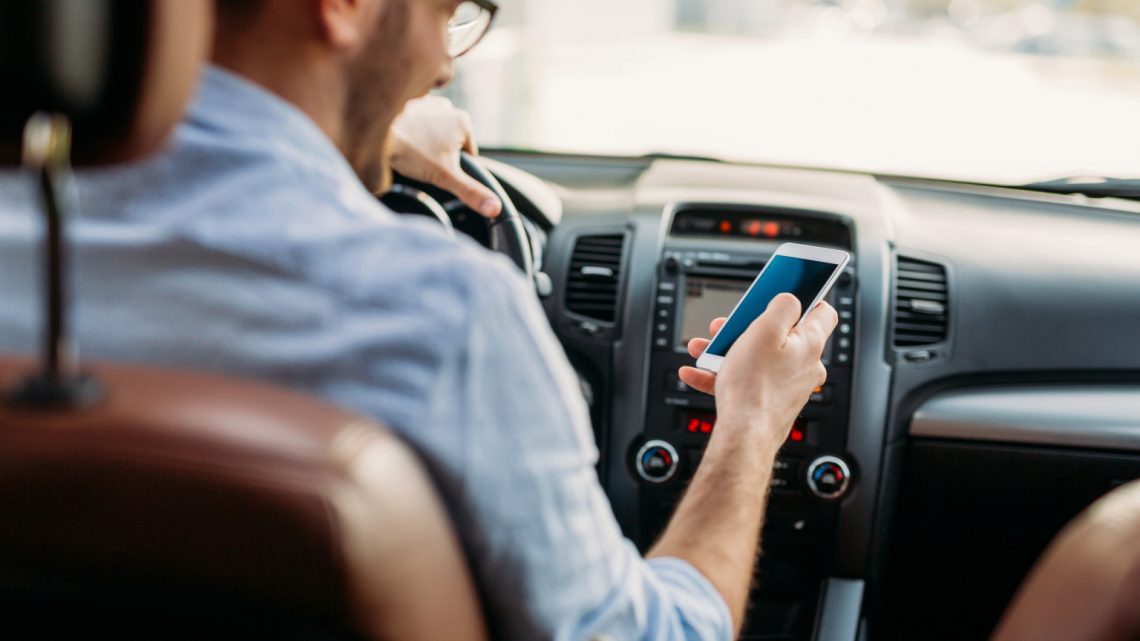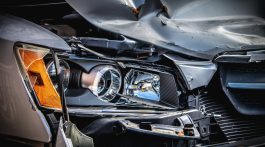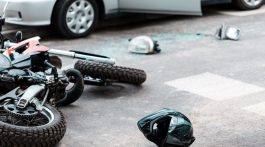It’s important to understand what the term “distracted driving” constitutes relative to other common forms of driving negligence. While texting and driving may appear to be the most common example that comes to mind, distracted driving encompasses a variety of other distractions that take a driver’s focus off the road.
What is Distracted Driving?
Distracted driving lapses are typically organized into three different distracted driving categories:
Cognitive distractions include the potential effect of any mental or emotional circumstances such as intense anger, built-up stress, or other forms of emotional turmoil may have on a driver. A good way to mitigate emotional strain’s effect on driving focus would be to pull over and take an extra moment to practice mindfulness or brief meditation.
Manual distractions affect drivers when they are physically unengaged from steering their vehicle for whatever reason. Eating food, drinking a beverage, applying makeup, or dealing with young children are all examples of menial distractions that cause brief to prolonged lapses of focus. Some ways to mitigate the risk of physical distraction include proactively completing any task before beginning your journey, or taking the time to pull over and take care of the issue off the roads.
Visual distractions are the more typically envisioned example of what distracted driving entails. Some common visual obstructions to drivers include smartphones and GPS navigation software. Silencing your phone and using your GPS hands free to limit unnecessary multi-tasking will reduce your risk of a distracted driving accident.
Proving Negligence in a Car Accident Case
All the above listed examples of distracted driving can cause an accident and inflict injury upon innocent vehicle occupants and pedestrians. In order for an accident victim to receive distracted driving injury compensation from an at-fault driver, you must be able to prove negligence. In the case of an auto accident, four aspects of the incident have to be proven true:
- The other person or driver must have owed the victim a specific duty of care at the time of the accident. In auto accidents, the safety of all other drivers on the roads is owed by each individual vehicle. Every time someone drives their vehicle, they owe the duty of driving to the best of their ability and as safely as possible.
- Failing to exercise that duty must involve the driver’s breach of duty involving other drivers and specifically putting the victim’s safety in jeopardy. Effective proof that a driver was distracted qualifies as an action that breaches the outlined duty of care.
- Cause in fact must be outlined and this can be defined as proving the at-fault driver’s actions directly caused harm to the victim or the victim’s property. If the at-fault driver was completely focused and driving safely, the accident would have been avoided.
- Finally, proximate cause must be attributed to the accident that proves the potential harms and damages should have been foreseeable by the at-fault driver. This largely depends on individual circumstances and the amount of fault distributed. This may vary state-to-state.
Collecting Evidence of the Accident
One of the most important legal steps you can take as a distracted driving accident victim is making sure to collect the appropriate amount of evidence at the accident scene. This can include simply taking photos of the vehicle damages and accident scene in order to give your legal representation an accurate depiction of the details. However, this also includes seeking immediate medical attention and providing accurate medical documentation of the injuries sustained and their expenses. Also, failing to file a police report is a way accident victims commonly overlook. Police reports provide significant evidence and detail of the official damages and accident specifics that supplements the previously collected evidence.




No Comment